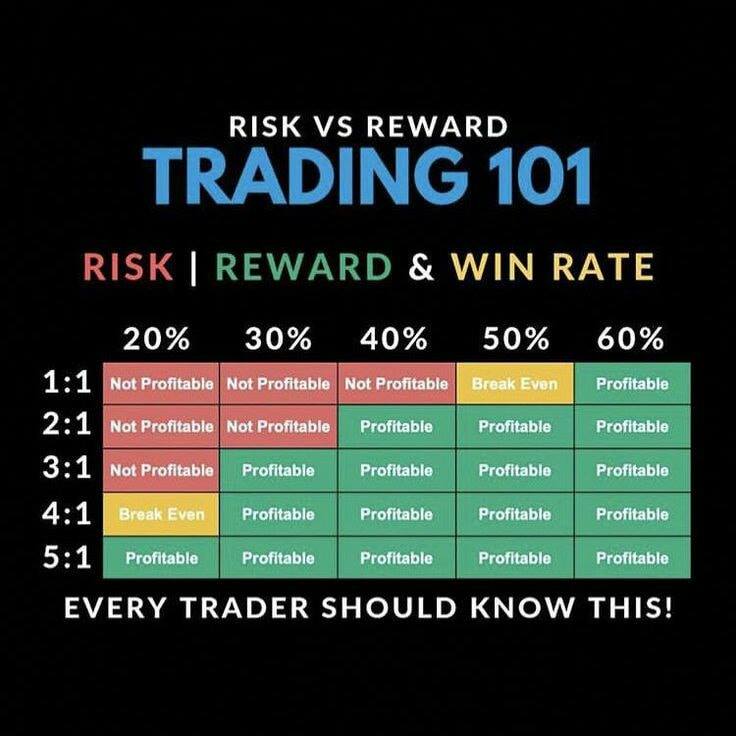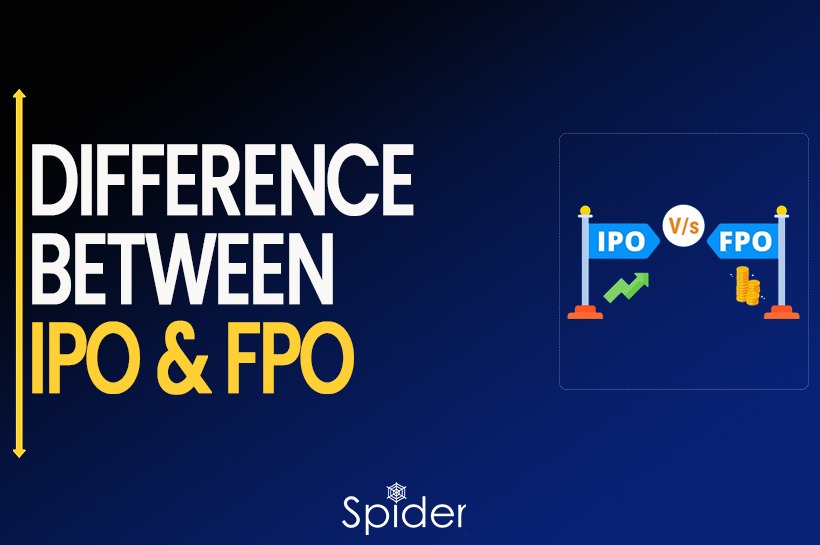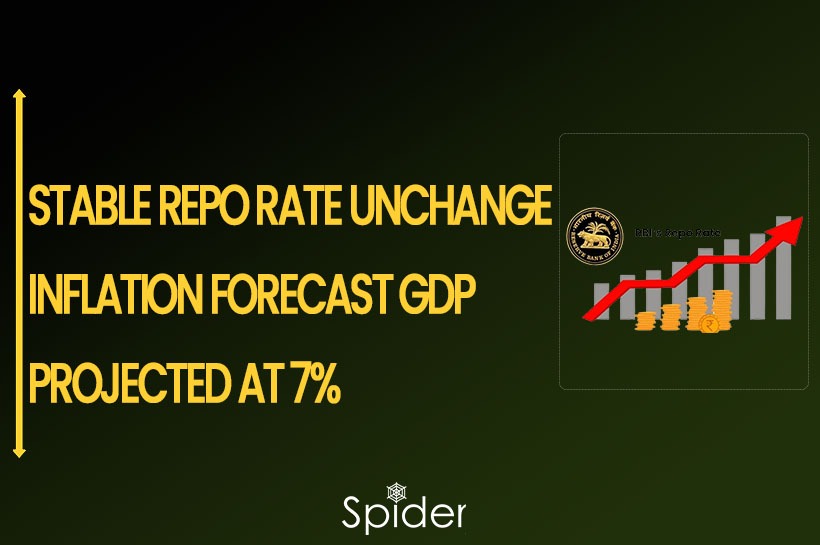To be a successful trader, one must control risk, size positions, maintain a positive mindset, and execute orders accurately.
Placing Orders and Deciding Risk to Reward Ratio

When considering a trade, it is important to prioritize your stop-loss and take-profit orders based on the entry signal. Set fair price points for your orders and measure the risk and reward ratio afterward. If the trade does not meet your requirements, it is best to skip it.
It is not recommended to widen the take-profit order or tighten the stop-loss order in order to increase the reward and risk ratio. The potential and uncertainty of a trade’s reward will always be present, but the aspect you can control is the risk.
Many novice traders approach it the other way around, creating an arbitrary reward and risk ratio and then adjusting their stop and profit orders to fit their desired ratio. It is important to avoid this approach and prioritize risk control instead.
Avoid Using Fixed Stop Loss Distance
In risk-to-reward ratio analysis, it is generally advised to avoid using a fixed stop loss distance for every trade. The reason for this is that market conditions, volatility, and trade setups can vary significantly from trade to trade. Relying on a fixed stop loss distance may not effectively account for these factors and could lead to inconsistent risk management.
Instead, traders should determine the appropriate stop-loss level for each trade based on the specific market conditions and the characteristics of the trade setup. This involves considering factors such as support and resistance levels, volatility, and recent price action.
By adjusting the stop loss level based on these factors, traders can better align their risk management with the current market dynamics. This approach allows traders to have a more flexible and adaptive analysis of the risk-to-reward ratio, ensuring that they appropriately place the stop-loss level to protect against potential losses while still allowing for the trade’s profit potential.
Comparing Win Rate and Risk-Reward Ratio
Traders often consider the win rate as an inadequate measure on its own, and this perspective is valid. However, it is crucial to understand that the combination of win rate and risk-to-reward ratio holds the key to successful trading. Simply focusing on the win rate alone does not provide sufficient meaningful information.
It is essential to recognize that trading does not require excessively long trade durations or an extraordinarily high win rate to be profitable. Even a system with a 40% win rate, which is the average for many professional traders, can be profitable if it maintains a risk-to-reward ratio higher than 1.6.
This means that for every dollar at risk, the potential reward should exceed 1.6 dollars. By maintaining a favorable risk-to-reward ratio, a trader can achieve profitability even with a win rate below 50%. This emphasizes the significance of properly managing risk and ensuring that the potential reward outweighs the potential risk in each trade.
Position Sizing
Traders often use fixed position sizing values without considering the specific characteristics of each trade. However, it is indeed beneficial to adjust position sizes based on the likelihood of a favorable outcome. Just as in games of chance like poker, where bets are adjusted according to the strength of the hand, trading can benefit from similar considerations.
When you trade different setups or strategies, you may observe varying reward-to-risk ratios and win rates for each approach. In such cases, it is advisable to increase your position size for setups with a higher win rate and decrease it for those with a lower win rate.
By adjusting your position size based on the win rate and reward-to-risk ratio, you align your risk management with the probabilities associated with each trade setup. This allows you to potentially maximize profits during high-probability trades and minimize potential losses during lower-probability trades.
Get a chance to learn how to use Open Interest giving Highly Accurate Options Trading Results.

Also, Check out our article on Beginner’s Guide to Profitable Options Trading.
Disclaimer: The information provided in this Blog is for educational purposes only and should not be construed as financial advice. Trading in the stock market involves a significant level of risk and can result in both profits and losses. Spider Software & Team does not guarantee any specific outcome or profit from the use of the information provided in this Blog. It is the sole responsibility of the viewer to evaluate their own financial situation and to make their own decisions regarding any investments or trading strategies based on their individual financial goals, risk tolerance, and investment objectives. Spider Software & Team shall not be liable for any loss or damage, including without limitation any indirect, special, incidental or consequential loss or damage, arising from or in connection with the use of this blog or any information contained herein.





